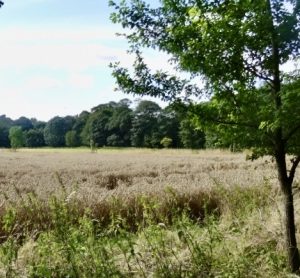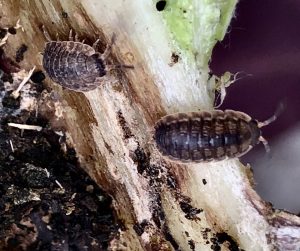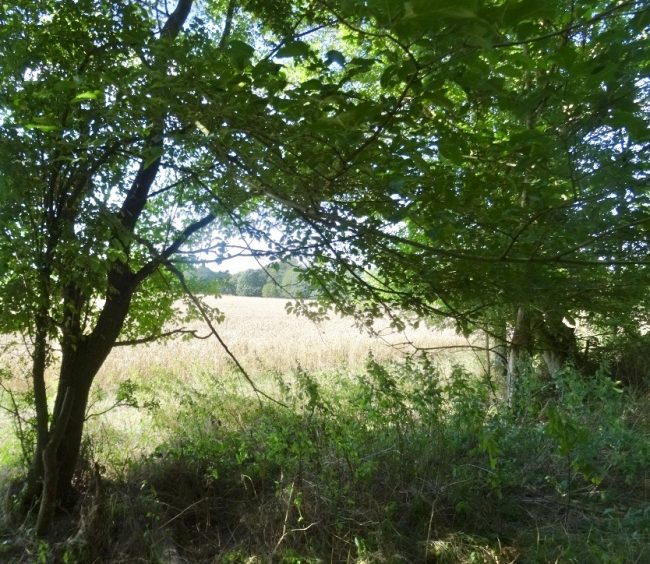The importance of small woodlands

Recently, researchers have looked at the significance of small patches of woodland / forest in agricultural landscapes. Woodland and forest fragmentation has occurred as agriculture has expanded, as had the loss of hedgerows, Alicia Valdes and colleagues at the University of Stockholm have examined over two hundred patches of woodland / forest in farming areas in France, Belgium, Germany and Sweden.
They examined the diversity of :
- understory herbs,
- mushroom,
- ground beetles,
- spiders,
- woodlice and millipedes.
They also looked at the potential of each woodland area to provide certain ecosystem services :
 usable plants,
usable plants, - stemwood volume,
- pest control potential,
- carbon storage in the top soil and
- game production potential
They also looked at one problem that is on the increase - tick-borne disease.
The study concluded that these small woodlands have considerable value. They can store more carbon per unit area of topsoil than older, larger woodlands as they have significant biological activity allowing the soil to absorb organic matter at a fast rate - acting as carbon sinks, They also offer food (such as blueberries, young tree seedlings etc) for roe deer as the woodlands have significant edges allowing light and nutrients to enter from the surrounding areas. The deer represent a source of game. These woodlands also offer a lower risk of tick-borne disease - as tick larvae are less likely to survive in the drier and warmer woodland edges.

Woodland edge
The research team believe that small woodlands are of greater value than has been previously thought, and have a significant role in the agricultural landscape - apart from being aesthetically pleasing. Their future conservation is important.
Comments are closed for this post.
